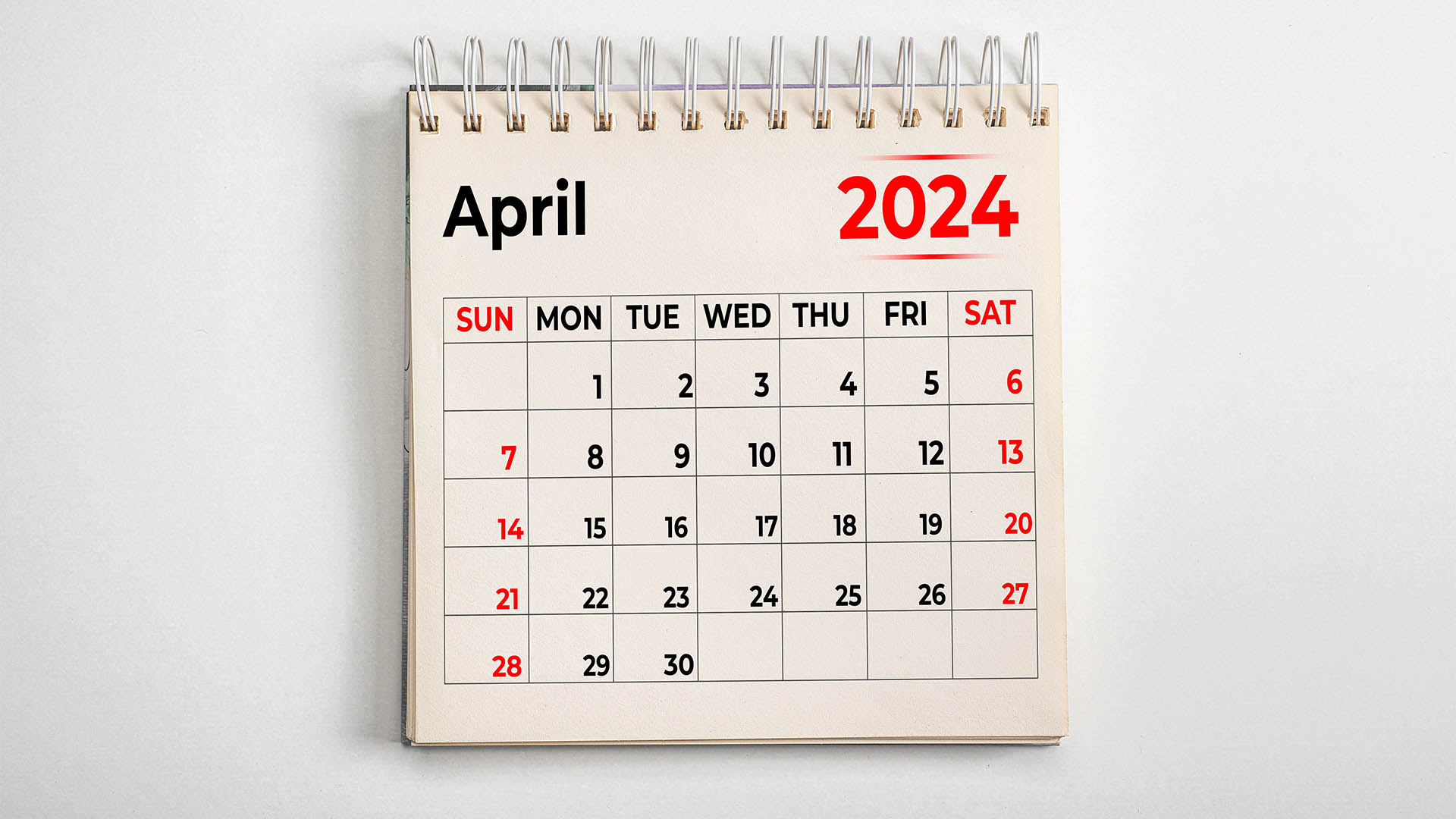It’s just what the Reserve Bank wants to see – the property and housing sectors both weakening at the same time with the recent series of rate rises the ostensible catalyst.
House prices were down for the 6th month in a row in October as we learned at the start of the week, with the fall happening across the country – metro and regionals down, with forecasts of further falls for 2023.
Yesterday we had data from the Australian Bureau of Statistics revealing building approvals and housing finance both also weakened in September.
The building approvals data is usually volatile and depends heavily on processing by local governments in a timely and contemporary fashion – approvals quite often rise and fall around the start and end of quarters as councils take too long to approve applications.
With that in mind, the 5.8% fall in the total number of dwellings approved in September (seasonally adjusted) might be reversed by a rise in the October figures in a month’s time.
That took the annual fall to a not-insubstantial 13%.
Coming after the surprise 23.1% increase in August, September’s fall was not unexpected but also a rise next month might not occur because there is a feeling the trend is for approvals to going on falling into 2023.
ABS Director of Construction Statistics at the ABS Daniel Rossi, said in yesterday’s release that “The fall in approvals was driven by private sector houses, which saw a 7.8% drop while there was a 1.8% fall in approvals for non-private dwellings” (units, apartments, townhouses etc).
Total dwelling approvals fell nearly 20% in South Australia, close to 11% in Tasmania, 9.3% in WA, 8.8% in NSW and 6.2% in Queensland. Victoria was the only state to see an increase, rising 3.4%
Approvals for private sector houses fell in all states: WA (down 11.4%), Queensland (8.6%), NSW, (7.9%), Victoria (4.7%), and South Australia (4.3%).
The value of total building approvals fell 6.9% after the near 20% rise in August. The value of total residential building approvals fell 12.7% comprising of a 14% drop in new residential building and a 2.9% fall in the value of alterations and additions.
The value of non-residential building approvals rose 3.7%, after rising 11.5% in August.
…………
Meanwhile the value of new housing loan commitments fell 8.2% to $25.1 billion in September seasonally adjusted), more than double the 3.4% slide in August.
Loans to owner occupiers and to investors fell in the month, the fourth monthly fall in a row as the RBA’s rate rises and the flow on to bank lending rates take a deeper bite out of demand.
Katherine Keenan, ABS Finance and Wealth Spokesperson, said: in a statement “The value of new owner-occupier loan commitments fell by 9.3 per cent in September, while the value of new investor loan commitments fell 6.0 per cent.
“Although housing lending has fallen for four consecutive months, the value of loan commitments in September remained well above pre-pandemic levels. Owner-occupier loans in September were 23 per cent higher than in February 2020, while investor loans were 60 per cent higher.”
Total new home loans are now down 18.5% in the past year.
The number of new loan commitments to owner-occupier first home buyers fell 8.3% in September 2022, following the surprise 10.4% rise in August.
The fall was seen across all states and the ACT. The Northern Territory number unchanged from August. First home buyer loans remained well below the January 2021 peak and have been similar to levels seen in 2019 in recent months, the ABS pointed out.
The value of borrower refinancing of owner-occupier housing loan commitments between lenders fell 7.2% in September but remained 15% higher than a year ago, at $11.9 billion. This followed a 2.8% in August to an all-time high of $12.8 billion.
At the national level, the average loan size for owner-occupier dwellings, including construction and the purchase of new and existing dwellings, fell slightly in September from $589,000 to $588,000 (in original terms). Loan sizes remained 23% higher than February 2020 at the start of the pandemic.
The Reserve Bank will be happy to see these figures, and would want to see them repeated for the next few months as it tries to squeeze demand and through that, cap inflation.













